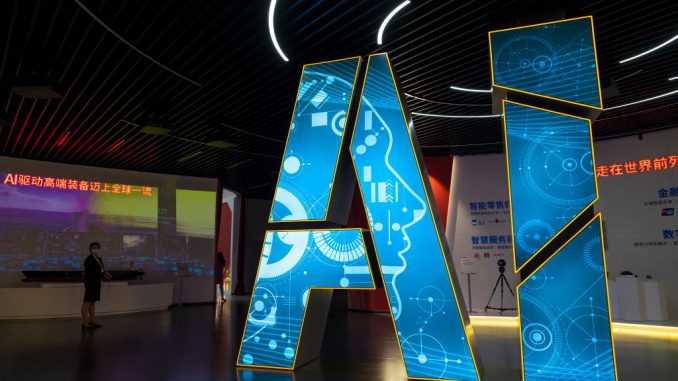
New robots that think and act for themselves are set to be deployed to some of the most hazardous places on Earth and outer space.
Besides being sent across the universe, machines featuring artificial intelligence (AI) will be deployed in nuclear fusion power, the offshore energy sector, and agriculture closer to home.
This is according to researchers at the University of Manchester, in the United Kingdom, who are developing them. They say the super machines will “need to act independently” of humans to carry out highly complex tasks in danger zones.
The team say the technology, which they call “hot robotics,” will help the UK maintain its competitive advantage in automation technologies.
They also hope robots will become more autonomous so they can decommission old nuclear power stations more cheaply, quickly and safely than they can do at present.
The Robotics and AI Collaboration (RAICo) has been established in Cumbria, in England’s north, as a joint research program between The University of Manchester, the U.K. Atomic Energy Agency (UKAEA), Sellafield Ltd, the Nuclear Decommissioning Authority, and the National Nuclear Laboratory.
It will also provide a pilot for the development and application of sophisticated robotic systems.
Professor Barry Lennox, who led the research, said: “The inclusion of AI is because the goal is to develop automated systems that can operate much more efficiently than if they were operated by people.

“Within RAICo we are looking at how to improve the operation of remote manipulation and inspection systems.
“We’re helping Sellafield (an old nuclear power plant in Cumbria) and other nuclear end-users to develop the next generation of remote surveying and handling equipment so they can improve their operations.
“The prefix ‘hot’ was introduced because we were interested in deploying the robots into active environments – but we’re now looking to expand the hot so it can refer to more general applications, including the space, agriculture and offshore sectors.
“Many of the challenges are similar, although the robots may end up looking a bit different.”
The team developed their expertise pioneering resilient robotic systems that can carry out work in decommissioned nuclear power stations, which is too dangerous for humans.
Their next big challenge is to improve and enhance the machines’ AI capabilities.
Professor Lennox added: “AI introduces lots of additional problems related to ensuring that the AI will do what we expect it to do and not cause damage or risk the safety of humans.”
The team is also working with the UK Atomic Energy Authority to support them in the development of robotic systems for nuclear fusion reactors.
Rob Buckingham, Director UK Atomic Energy Authority and head of their Remote Applications in Challenging Environments (RACE) center, said: “The next generation of robotics will be essential for the delivery of fusion power and, recognizing this, we intend to collaborate widely with the best, such as the robotics research group at Manchester.

“Working with Manchester has reaped huge rewards for both parties so let’s do more.”
A different Manchester research team have also been advising British policymakers and energy sector leaders on the safe development of robotic and autonomous systems for work in harsh environments.
In a ‘white paper’ to policymakers, they have called for changes to how robotic systems work in situations where there is a risk to human well-being.
The total market size in Britain for autonomous robotic systems is predicted to reach almost $4.1 billion by 2030.
Produced in association with SWNS.
Recommended from our partners
The post Space Robots: Independent Thinking Robots Will Explore Deep Space And Hazardous Environments appeared first on Zenger News.
